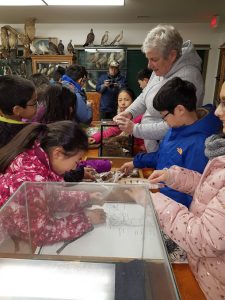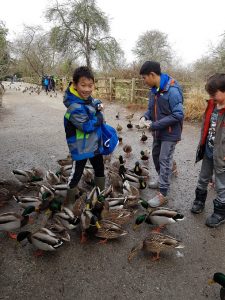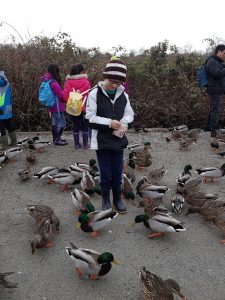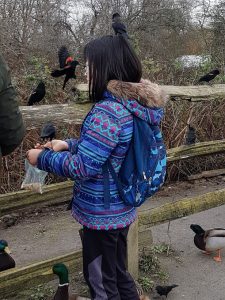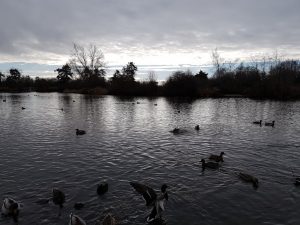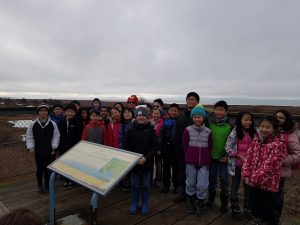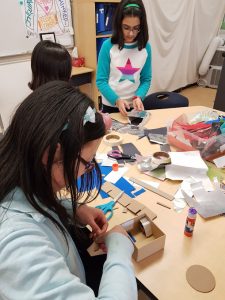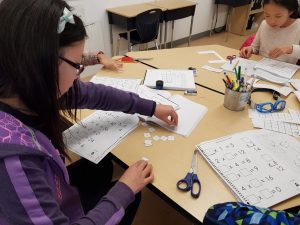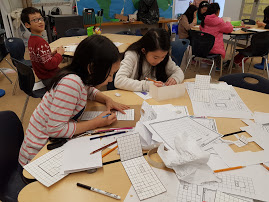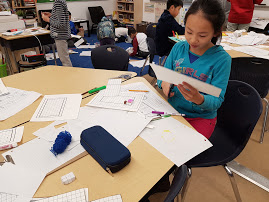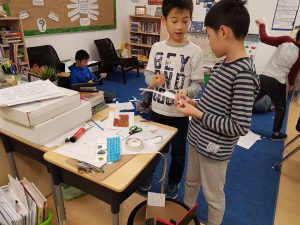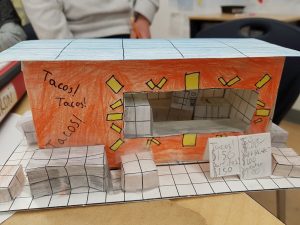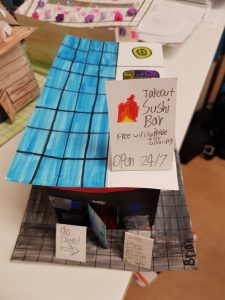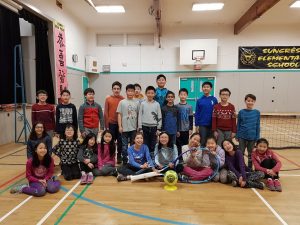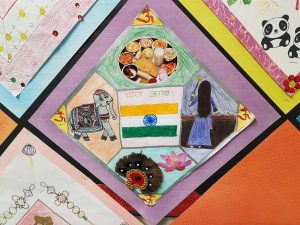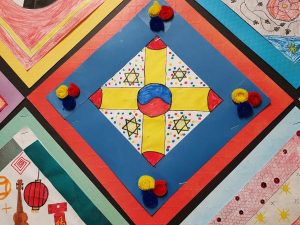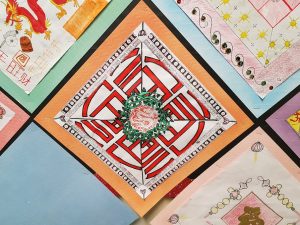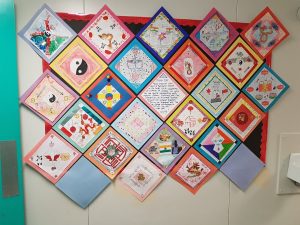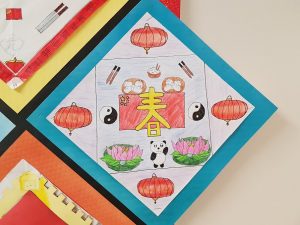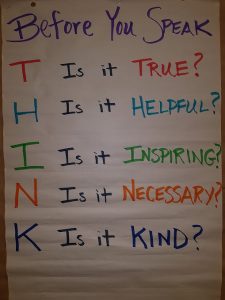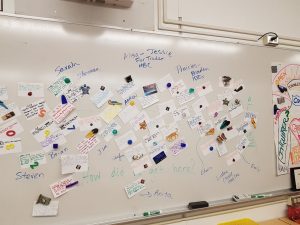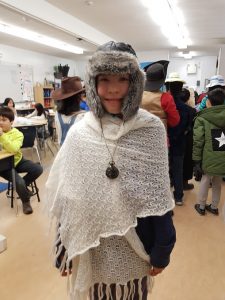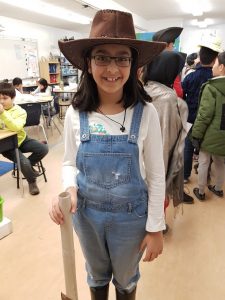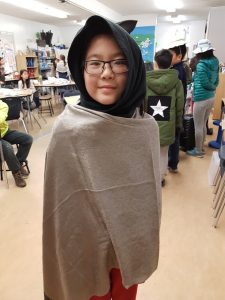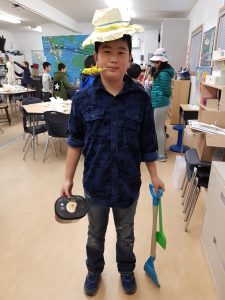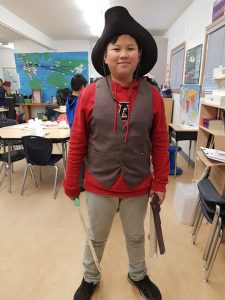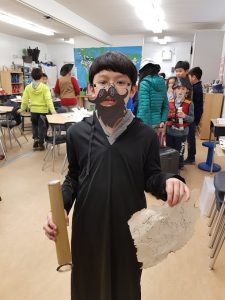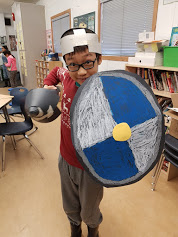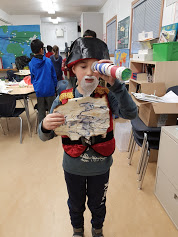General Update & UBC Dendrochronology Visitor!
Hello Everyone!
We have had an exciting week back! Building challenges, discussions about the ring of fire, a rock classification lab, and a trade simulation!
Trade Simulation: In connection with our unit, we are learning about resources, global trade, fair/free trade, and economics. To begin the discussion, everyone participated in The International Trade Game simulation, which was invited by a professor of economics. Students were assigned to one of six countries, labeled A1, A2, B1, B2, C1, and C2. Each team/country received a folder full of resources, but not every folder had an equal amount of tools and consumable materials! The goal was to create paper shapes of specific sizes, sell them to the international market/bank for money, and then make the most money! But, of course, this game was not entirely fair, which Ms. D explained to everyone up front. Overall, it was a great learning simulation to introduce students to supply and demand, as well as other concepts about global trade we will continue discussion next week.
Rock Classification: Students were put in teams and given 15 mystery rocks to identify! They had books, the iPads, and tools to do tests on the rocks in order to classify them. The rocks will be available during student led conferences to see the tests we did.
Trade War: Today we did a simulation about trade, pretending again to be different countries trading specific resources in high demand such as oil, gold, lumber, and electronics. Then we watched a short video by The Economist on global trade. I also invite students to try the Trading Around the World game by the International Monetary Fund, which I will introduce in class next week.
Dendrochronology! As part of the UBC MEED program, we were fortunate to have Vanessa Comeau come to visit us. She is a graduate student of dendrochronology, and she explained how we use scientific knowledge to not only find out how old trees are, but to look for clues that help us with managing our natural resources and forests in British Columbia. She brought in tree slice samples of local trees that had grown in Burns Bog and students had an opportunity to learn about how tree rings are counted, what rings can tell us about a tree’s health, and how to tell if the tree was involved in a forest fire! It was a fun and informative session.
Dragon Boating Notice: Please see the dragon boating notice sent home today. Waivers, permission forms, and payment are due April 13th. Dragon Boating is on May 23, 28, and June 1. We are really needing parents to help drive!!
Walking on Monday! We are participating in the Walk Burnaby activities starting next Monday, April 9th, during our PE times. Each student is already registered as part of Division 5. Please see the bookmark sent home today for more information. Everyone receives a reflector strap which we will wear while walking, and then when we are finished with the challenge, the straps can go home. On May 12th, there is a celebration with food, prizes, and speakers to celebrate everyone’s performance. You can register as a family or individual, too, but do it soon as the competition begins April 9th. The minutes I will track are those done at school with the class, but if you want to do it on your own, go for it!
Musical: As a heads up, please note our class will be performing in the musical during the evening of May 16th, Wednesday. Please keep that evening free so students can join their classmates in this special presentation at 7PM. More details to come as they develop. Students are currently working on their musical performance pieces during music class.
Student Leds Wednesday April 11th! I confirmed times with each student. Let me know if you did not receive your time. Please do not come early and use your assigned time, as we can only have eight people in here at a time due to space and the number of stations set up. I look forward to seeing you then!
Have a great weekend!

